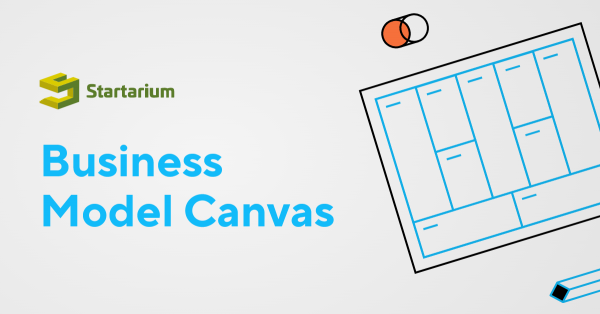Here are some terms you will learn in this course!

Digital wellbeing
This term describes how technology and digital services affect people's mental, physical, social, and emotional well-being. It's a complicated idea that can be examined from several angles and in various contexts and situations.
Design Thinking
An iterative process in which we try to understand the user, challenge assumptions, and reframe challenges in order to find new tactics and answers that aren't immediately obvious based on our current level of understanding. Simultaneously, Design Thinking offers a problem-solving strategy centred on solutions. It is both a style of thinking and functioning as well as a set of practical techniques.
Ideation
Ideation is a creative process in which designers brainstorm ideas in groups (e.g., brainstorming, worst possible idea). In the Design Thinking process, it is the third step. In a supported, judgment-free setting, participants assemble with open minds to generate as many ideas as they can to answer a problem statement.
Digitalisation
Is a significant enabler for the arts and culture industry today and in the future, from immersive and interactive art to digital marketing and artificial intelligence art. While some may argue that art and culture are better experienced in person, digitalization does not have to eliminate this enjoyment. Rather, digital technology may enrich audiences' and visitors' experiences by providing access to a diverse selection of new works, as well as increase the productivity and sustainability of arts and cultural organizations.
NFT
An NFT is a collectable digital item that has value both as a cryptocurrency and as a piece of art or culture. NFTs are being viewed as a value-holding investment in the same way that art is.
NFT stands for a non-fungible token, which is a sort of cryptocurrency similar to Bitcoin and Ethereum. However, unlike a normal coin on the Bitcoin network, an NFT is one-of-a-kind and cannot be swapped for other NFTs (hence, non-fungible).
Digital workplace
The digital workplace is the next logical step in the growth of the workplace. It includes all of the tools that employees utilize to execute their duties. HR and core business applications, as well as e-mail, instant messaging, enterprise social media platforms, intranets, and portals, are examples.
Prototype
A prototype is, in essence, an experiment – a simple mock up of your solution or idea. You use it to test or validate ideas. It is used early stage and it allows you to make adjustments or changes so you don’t have to make serious investments if your assumption is wrong.
Augmented Reality (AR)
With AR, real-world objects in exhibitions are enhanced by computer-generated inputs.
BYOT, BYOA, BTOD
BYOT is for Bring Your Own Technology, BYOA stands for Bring Your Own Apps, and BYOD stands for Bring Your Own Device (BYOD). Today's workforce is increasingly likely to bring their own smart devices into the workplace and utilize them for professional reasons, thanks to the availability and consumerization of IT technology. Many employees in hybrid working arrangements use their own personal equipment to work from home, such as home PCs, laptops, and mobile phones, for the benefit of ease.
Persona
Personas are a great method to focus on your user and make sure you're creating for their most pressing requirements. Your target user's usual features, issues, and wants are represented by personas – it's a profile that will help you empathize more with them.























